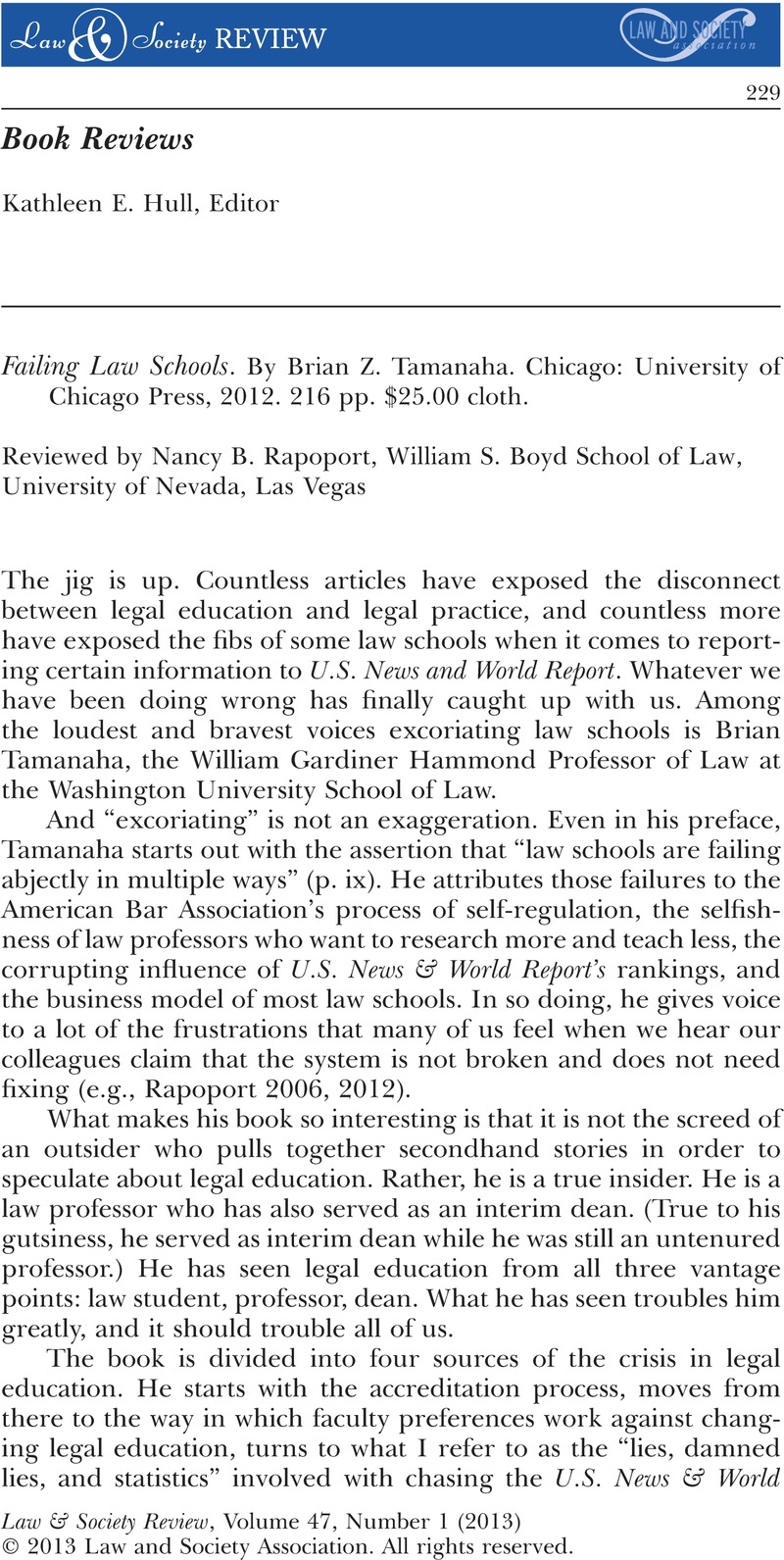Crossref Citations
This article has been cited by the following publications. This list is generated based on data provided by Crossref.
Roiphe, Rebecca
2015.
Tilting at Stratification: Against a Divide in Legal Education.
SSRN Electronic Journal,



